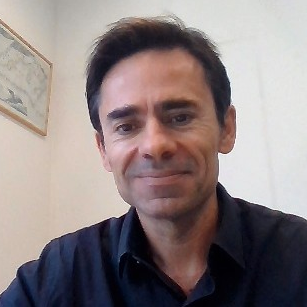Chemical Engineering and Membrane Solutions to Global Societal Challenges
A special issue of Membranes (ISSN 2077-0375). This special issue belongs to the section "Membrane Applications".
Deadline for manuscript submissions: closed (31 August 2020) | Viewed by 4683
Special Issue Editor
Interests: membrane technology; encapsulation; CO2 capture; reversible fuel cells; CO2 conversion; special fuel cells
Special Issues, Collections and Topics in MDPI journals
Special Issue Information
Dear Colleagues,
It is my pleasure to invite you all to contribute to this Special Issue on “Chemical Engineering and Membrane Solutions to Global Societal Challenges” that will include all foreseeable challenges, such as, for example, applications in CO2 capture or its transformation, difficult contaminants, and medical applications, among others. The time is ripe for chemical engineering solutions to critical problems to be compiled and documented.
Note: Membranes is one of the collaborators with the 14th Mediterranean Congress of Chemical Engineering (https://mecce.org/). Submissions from attendees of MeCCE conference will enjoy a 20% discount on the article processing charge (APC).
Prof. Dr. Ricard Garcia-Valls
Guest Editor
Manuscript Submission Information
Manuscripts should be submitted online at www.mdpi.com by registering and logging in to this website. Once you are registered, click here to go to the submission form. Manuscripts can be submitted until the deadline. All submissions that pass pre-check are peer-reviewed. Accepted papers will be published continuously in the journal (as soon as accepted) and will be listed together on the special issue website. Research articles, review articles as well as short communications are invited. For planned papers, a title and short abstract (about 100 words) can be sent to the Editorial Office for announcement on this website.
Submitted manuscripts should not have been published previously, nor be under consideration for publication elsewhere (except conference proceedings papers). All manuscripts are thoroughly refereed through a single-blind peer-review process. A guide for authors and other relevant information for submission of manuscripts is available on the Instructions for Authors page. Membranes is an international peer-reviewed open access monthly journal published by MDPI.
Please visit the Instructions for Authors page before submitting a manuscript. The Article Processing Charge (APC) for publication in this open access journal is 2700 CHF (Swiss Francs). Submitted papers should be well formatted and use good English. Authors may use MDPI's English editing service prior to publication or during author revisions.






